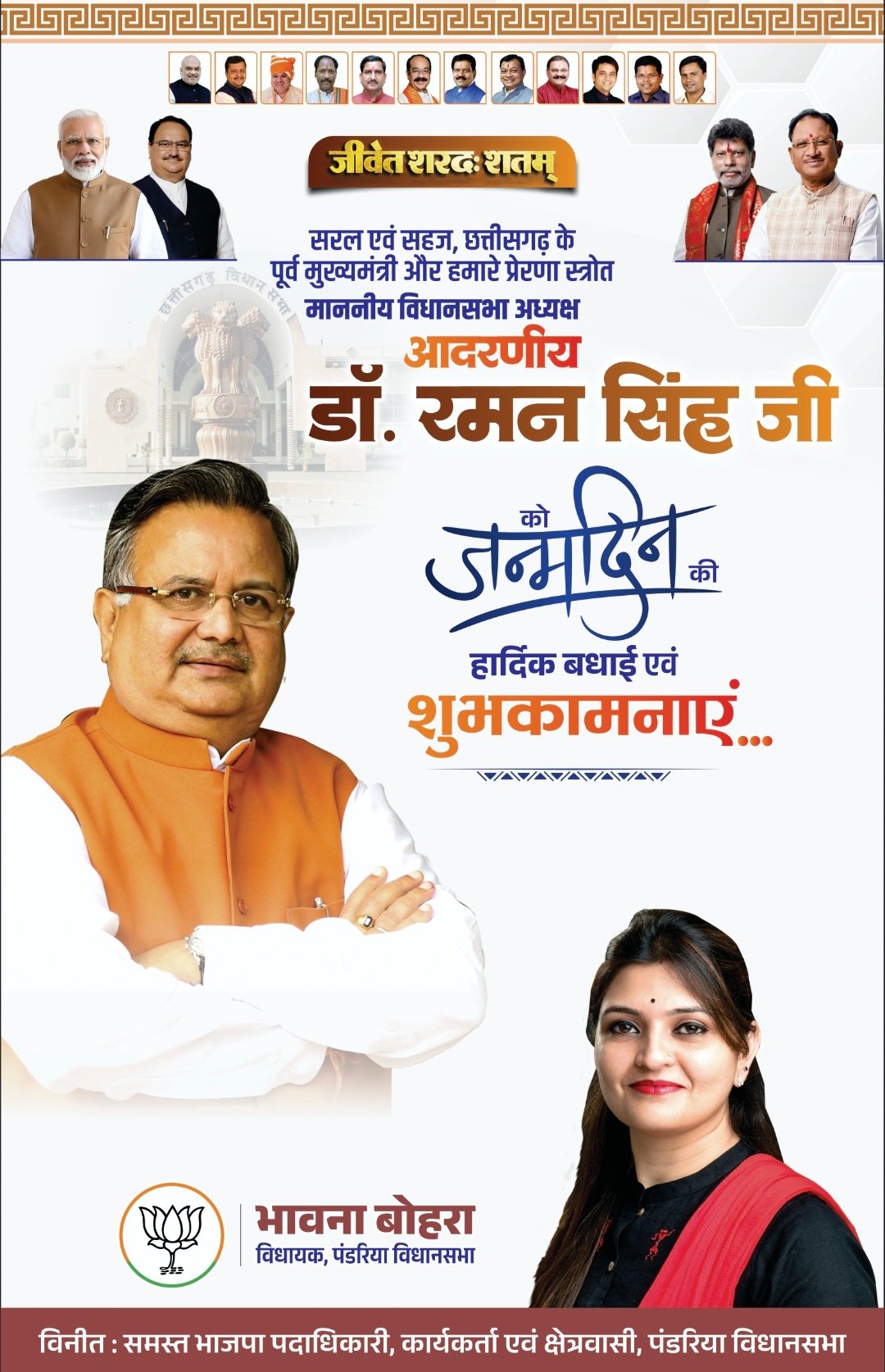1. Introduction: The Interplay of Chance and Rewards in Human Decision-Making
Every day, our choices are influenced by a complex dance between chance and rewards. When deciding whether to take a risk, buy a lottery ticket, or stick with a familiar routine, we subconsciously evaluate the potential outcomes and their perceived value. These factors shape our behavior in ways that often go unnoticed, yet understanding their roles can significantly improve our decision-making skills.
Quick Navigation:
- Fundamental Concepts: How Chance Shapes Outcomes
- The Psychology of Rewards: Motivation and Reinforcement
- The Balance Between Risk and Reward
- Modern Illustrations: Gambling and Gaming as Microcosms
- The Non-Obvious Impact of Rewards on Long-Term Choices
- Educational Strategies to Understand Chance and Rewards
- Ethical Considerations and Responsibility
- Deep Dive: The Cognitive Processing of Chance and Rewards
- 10. Conclusion: Cultivating Informed Decision-Making in a Chance-Driven World
2. Fundamental Concepts: How Chance Shapes Outcomes
At the core of many decisions lies probability and randomness. For instance, when rolling dice or flipping a coin, outcomes are governed by chance, yet our minds often seek patterns or predictability where none exist. Recognizing the true nature of randomness helps us avoid misconceptions and biases that distort our judgment.
Cognitive Biases Related to Chance
- Gambler’s Fallacy: The mistaken belief that past events influence future outcomes in independent chance scenarios. For example, believing that after a series of losses in a roulette game, a win is “due” soon.
- Illusion of Control: The perception that one can influence outcomes that are purely random, such as believing skill can affect slot machine results.
Real-World Examples
In everyday life, people often overestimate their ability to predict or influence chance. For instance, a study published in Psychological Science found that gamblers tend to believe they can control the outcome of a game, leading to persistent risky behavior despite odds stacked against them.
3. The Psychology of Rewards: Motivation and Reinforcement
Rewards are powerful motivators that reinforce behaviors. When an action leads to a positive outcome, our brain registers this as a signal to repeat the behavior. This process, known as reinforcement learning, explains why certain habits form, especially when rewards are immediate and tangible.
Immediate vs. Delayed Rewards
- Immediate Rewards: Such as winning a small amount on a slot machine, which gives instant gratification and encourages continued play.
- Delayed Rewards: Like saving money for a future investment, which requires patience but often yields larger benefits.
Reinforcement Learning in Behavioral Patterns
This concept explains how repeated exposure to rewards, whether positive or negative, shapes our preferences and habits. For example, in gambling, the intermittent reinforcement schedule—unpredictable wins—keeps players engaged longer, even when losses are frequent.
4. The Balance Between Risk and Reward
Understanding how individuals assess risk is crucial. Risk tolerance varies widely, influenced by personality, experience, and context. When the potential reward is high, people may be tempted to take greater risks, often underestimating the probability of failure.
Risk Assessment and Tolerance
- Risk Aversion: Preference for certainty, even if it means lower rewards.
- Risk-Seeking: Willingness to accept high risks for the chance of larger gains.
Impact of Reward Magnitude and Probability
Research shows that when the perceived reward is large, people often overestimate the likelihood of winning, leading to irrational decisions. For example, players might chase big jackpots without considering the low probability of hitting them.
Perceived Rewards and Irrational Choices
“Perception often trumps reality in decision-making. When rewards are perceived as more attainable or impactful, individuals may ignore the actual odds, risking poor choices.”
5. Modern Illustrations: Gambling and Gaming as Microcosms
Gambling machines exemplify the principles of probability and reward in action. Slot machines, for instance, operate on programmed odds, designed to balance player engagement with profitability. Analyzing these systems reveals how modern entertainment leverages chance.
Mechanics of Slot Machines and Probability
Slot machines use random number generators (RNGs) that ensure outcomes are unpredictable. The house sets the payout rate, often expressed as the Return to Player (RTP). For example, a game with a 96.02% RTP means that, over time, players can expect to recover approximately 96 cents for every dollar wagered, though individual sessions may vary.
Case Study: Wild Fury Jackpots
Wild Fury Jackpots is a modern example illustrating these principles. Its RTP of 96.02% aligns with industry standards, and features like wild fury free spins bonus explained demonstrate how bonus rounds and free spins are designed to enhance engagement and perceived chances of winning, even when the actual odds remain governed by probability.
Features Enhancing Engagement
- Free Spins: Offer players chances to win without additional bets, reinforcing the illusion of increased winning opportunities.
- Meter Systems: Visual indicators that suggest progress or imminent wins, encouraging continued play.
6. The Non-Obvious Impact of Rewards on Long-Term Choices
While short-term rewards can feel gratifying, they often distort our perception of what is rational in the long run. For example, chasing quick wins in gambling can lead to significant financial losses, despite the immediate thrill.
Short-Term Rewards and Long-Term Planning
Research in behavioral economics indicates that immediate rewards tend to overshadow future benefits, leading to impulsive decisions. This is especially evident in habits like compulsive gambling or overeating.
Reward Schedules and Habit Formation
- Variable Ratio Schedules: Rewards delivered unpredictably, which are highly effective in maintaining behaviors—such as in slot machines.
- Fixed Schedules: Rewards given at regular intervals, often less engaging but more predictable.
Behavioral Economics Examples
Studies show that gamblers often overvalue small wins and underestimate losses, leading to persistent risky behavior. This exemplifies how reward structures can manipulate decision-making processes.
7. Educational Strategies to Understand Chance and Rewards
To combat misconceptions, educational tools like simulations and games are essential. They help learners experience probability firsthand and develop critical thinking about odds and reward systems.
Using Simulations and Games
- Probability Simulators: Digital platforms that demonstrate randomness and outcomes.
- Educational Games: Interactive activities that challenge assumptions about chance and reward.
Critical Thinking and Decision-Making Tools
Resources like the Decision-Making Toolbox and apps that simulate gambling odds empower individuals to recognize the disparity between perceived and actual probabilities. These tools foster informed choices and reduce susceptibility to exploitative designs.
8. Ethical Considerations and Responsibility
As gambling and gaming industries grow, so does the importance of ethical design. Reward systems should promote transparency, avoid manipulative tactics, and prioritize consumer protection.
Impact of Reward Design
Features like near-misses, variable rewards, and visual cues can increase engagement but also risk fostering addictive behaviors. Responsible industry practices involve clear odds disclosure and limiting harmful features.
Promoting Informed Choices
“Transparency and education are vital in empowering consumers to make informed decisions and avoid exploitation in chance-based activities.”
9. Deep Dive: The Cognitive Processing of Chance and Rewards
Understanding how our brains process randomness and rewards involves examining neural mechanisms. The prefrontal cortex evaluates risks, while the limbic system responds to emotional cues associated with wins or losses.
Neural Mechanisms
Research using neuroimaging shows that areas like the nucleus accumbens activate during reward anticipation, reinforcing behaviors. Conversely, the amygdala influences emotional reactions to uncertainty, affecting decision-making under risk.
Emotions and Perception
Emotional states, such as excitement or frustration, heavily influence how we perceive chance and rewards. Developing experiential learning—like playing controlled simulations—can help individuals build an intuitive understanding of randomness.
10. Conclusion: Cultivating Informed Decision-Making in a Chance-Driven World
Throughout this exploration, we’ve seen that chance and rewards are fundamental forces shaping human choices. Recognizing the influence of probability, reward structures, and cognitive biases enables us to make more rational decisions.
“Critical awareness of how chance and rewards manipulate our perceptions is the first step toward making informed, responsible choices.”
By continuously educating ourselves—using simulations, understanding industry practices, and reflecting on personal decision patterns—we can navigate a world where luck often appears to be a matter of skill or control. Remember, whether engaging in gambling, gaming, or everyday risk-taking, a well-informed mindset is our best tool for making sound decisions.













